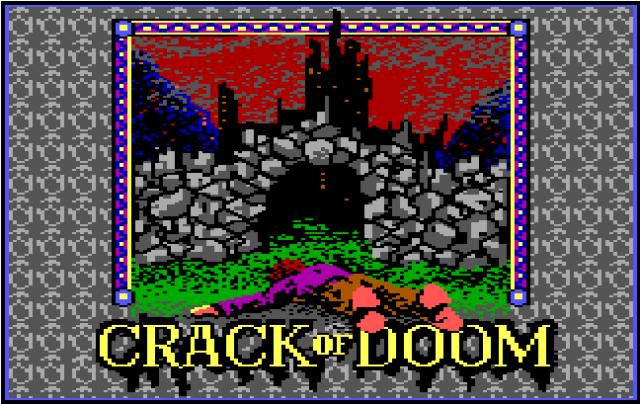Thoughts, musings, ideas and occasionally short rants on the past, present and future of electronics entertainment
Thursday, September 29, 2022
Saturday, September 24, 2022
October Approaches
Well...all the information that I have comes from the relatively short preview build of the game, so I can comment too much on actual gameplay. As far as I can gather though the game was originally intended to be a FPS, but that aspect of Scorn has since been lessened in prominence in order to make room for puzzles and exploration. Personally, I think this was probably a wise decision. Currently, it appears that the moment-to-moment gameplay has a lot in common with tiles such as SOMA and Amnesia: Rebirth. The key difference between those games and Scorn being the player has some fighting capability rather than always opting to run and hide. This mix of different kinds of gameplay should help break up repetition. Even so, I think Scorn is going to need a bit more to really shine.
What am I talking about here? Well, in a word - story. I don't think the game will benefit from dialogue sequences, unless they were done in some strange sounding alien language with subtitles. That might fit well with the overall tone. Regardless, it's clear that the developers know that they can say a lot with visuals alone. Take, for example, the half-hatched humanoid that players come across in the preview build. Through superb animation and sound it's made plain that this creature doesn't know what is going on or what to do...assuming the player doesn't accidentally (or on purpose) kill it. Little details like that make for good pieces of story that can then be woven together with other bits to form a somewhat cohesive tale. The only potential pitfall I can see with this approach is an insufficient number of those story pieces. In order to generate enough of them Scorn is going to need some meat on it's bones (pun intended). Here's hoping the devs have enough interesting ideas packed into their game to make it a solid adventure.
Saturday, September 17, 2022
Strangely Evocative
The first time I tried adventure mode in Dwarf Fortress, I started in a forest wilderness. Because of the line-of-sight mechanics, I got the impression that it was a dark and overgrown place. The "O" letters scattered about (representing tree trunks) blocked my view somewhat, creating sight lines that radiated out from my character like a beacon in the gloom. Commas, apostrophes and quote marks all around the place indicated tuffs of grass and other forest undergrowth. Despite being nothing more than a bunch of keyboard gobbledygook it was a strangely eerie scene, in large part, conjured up by my own imagination. I decided to head west because the lay of the land slowly elevated in that direction. This too led to feelings of more apprehension because, as my character ascended each new Z-level, I couldn't see what was over the next rise beforehand. As it turned out, wolves were waiting in ambush. The results were predictably grewsome with my character turning in to their meal for that day.
Much later in fortress mode, I remember the first time a human trade caravan came to visit. As the wagons unloaded their goods in the trade depot, I noticed an "H" move leisurely, but deliberately to a spot that was both nearby and out of the way of foot traffic. Almost immediately a vivid image of a tall man dressed in traveling clothes and a cloak appeared in my head. I even pictured him gently resting his hand on the hilt of the sword sheathed at his side, while watching over the business proceedings like a hawk. It's odd how the mind will fill in information gaps like that. Combat can invoke a similar reaction. In fortress mode, dwarfs tend to move about at a measured pace, when in a battle their icons will skitter around with blazing rapidity which lends itself to feelings of frenzy and desperation. It can also be quite disturbing to see a wounded character slowly inch across the screen while leaving a trail of crimson ASCII behind them.I know I'm not alone in this. There are countless pieces of art and even whole videos featuring what other players of Dwarf Fortress imagined while looking at nothing more than a bunch of dancing letters and static symbols. If I were to hazard a guess, I would say this is one of the main appeals of playing Dwarf Fortress. Because of that, I'm a little bit worried about the graphically upgraded version that is set to release in later 2022. This new version appears to improve the game in a lot of ways (especially when it comes to the UI). However, the addition of detailed sprites might actually lessen the experience for those of us with big imaginations. I sincerely hope that I am wrong though.




















